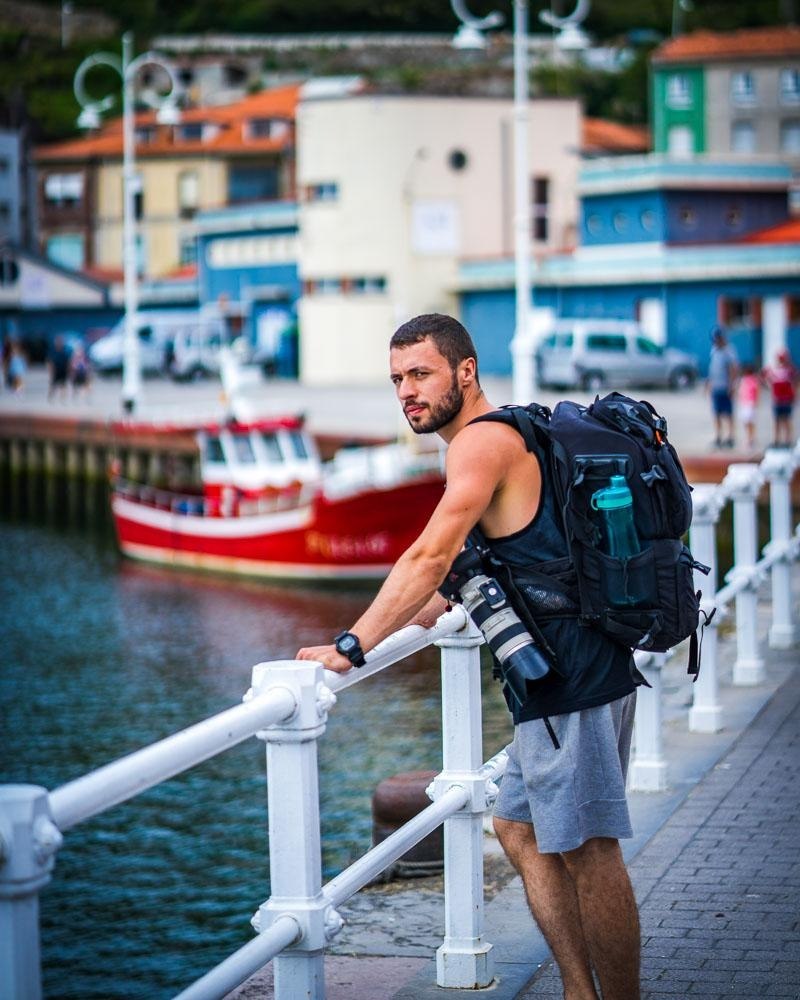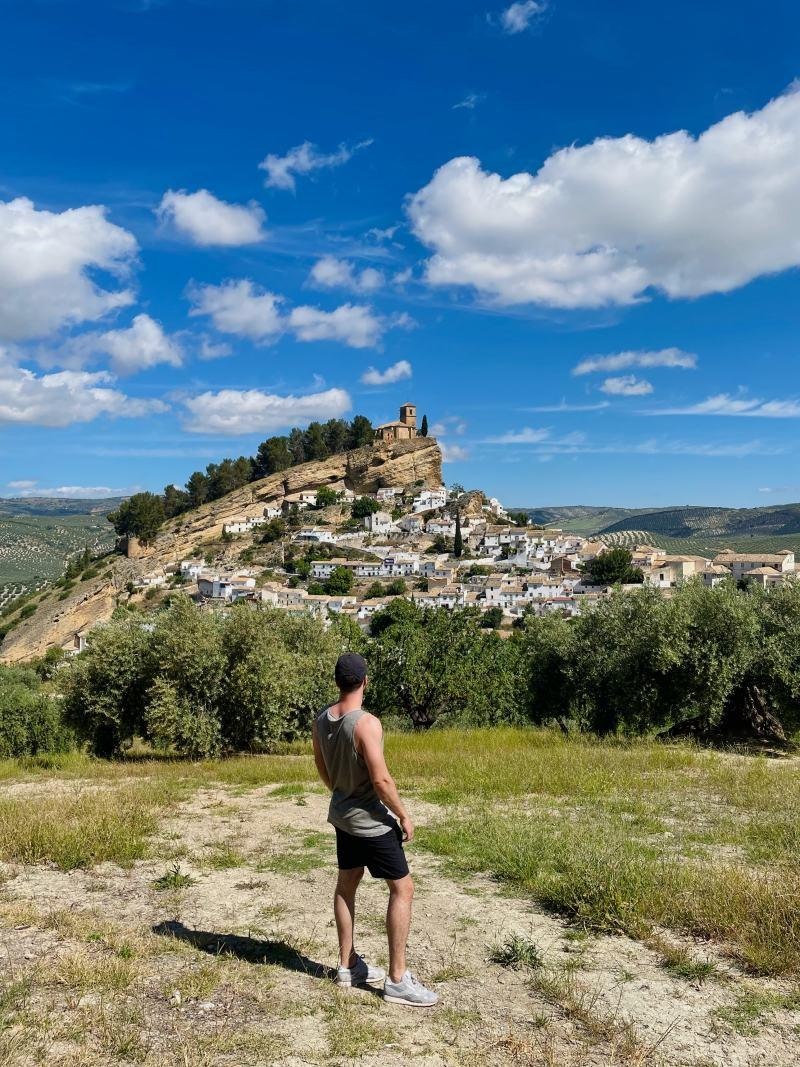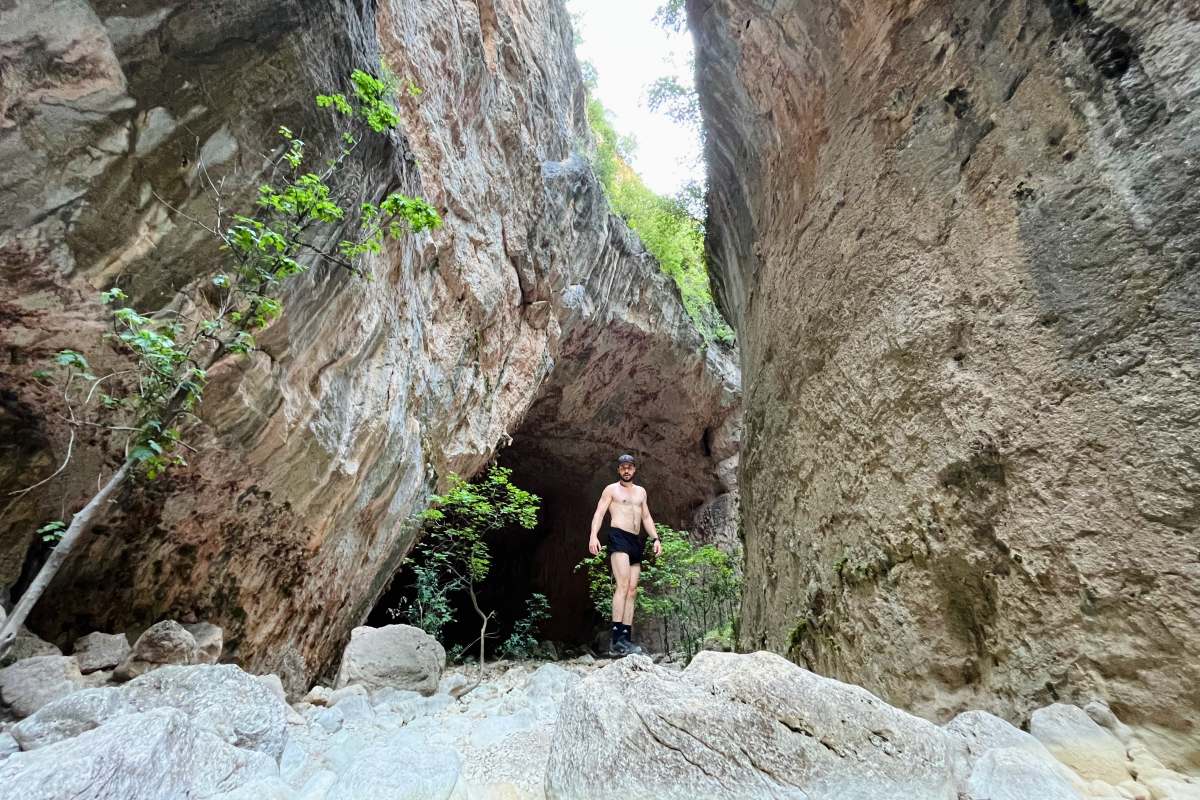Everything You Need for Planning a Trip Budget (Step-by-Step Guide)
Planning a trip is exciting until you try to figure out the budget.
How much is this really going to cost? You think $1000 might be enough, but is that even realistic once you add flights, hotels, food, transport, and activities?
If you’ve ever ended up spending way more than expected, you’re not alone. That’s why I’m breaking down the exact steps I follow when planning a trip budget that actually works.
Let’s go! 🚀
TABLE OF CONTENTS
🔍 Step 1: Define the Size and Shape of Your Trip
Before jumping into numbers, you need to define the overall shape of your trip—where, when, how long, and how intense.
It sounds basic, but this step will guide everything that comes next.
Your travel budget isn’t just about the destination, it’s about the scale of the trip you’re building.
Ask yourself:
- Where are you thinking of going? (And is that destination realistic for your budget?)
- How many days? The number of nights is what really matters when calculating accommodation and daily expenses.
- Who’s coming? Costs change drastically between solo, couple, and group trips.
- What kind of rhythm are you aiming for? A full itinerary packed with activities? Or something slower-paced and more spontaneous?
💡 Pro Tip: Use tools like Skyscanner and Booking.com even at this early stage. They’ll give you rough ideas of transportation costs and hotel prices, which helps check if your destination and trip length match your budget expectations.
This is also the moment to ask yourself: Is this trip realistic, or do I need to adapt it slightly?

Getting serious in Ribadesella, Spain
💰 Step 2: Estimate the Big Costs First (And Do It Early)
Now that you’ve defined the size and shape of your trip, it’s time to get into the big stuff: transportation and accommodation.
These are often the 2 biggest expenses, and they’ll influence everything else in your budget.
Start researching early, even if your dates aren’t fixed yet. The earlier you start, the more flexibility you have to shift dates or destinations if prices are too high.
Tools I use:
- Google Flights to compare price ranges over flexible dates
- Skyscanner: Great for open-ended searches (“Everywhere” feature)
- Booking.com or Airbnb to get a feel for accommodation costs per night
- Rome2Rio: Useful for checking how much it’ll cost to move between cities or countries
💡 Pro Tip: Don’t just look at the price of a flight. Check whether it includes bags, transfers, or other hidden travel fees. Same goes for accommodation: check for cleaning fees, taxes, or whether breakfast is included.
🧩 Step 3: Break Down Your Budget by Category (+ Add a Buffer)
Now that you’ve sized your trip and checked the big-ticket items, it’s time to map out all your spending categories.
Here’s a solid starting point:
- Flights & long-distance transport
- Accommodation
- Local transport (buses, metro, taxis, parking, car rental…)
- Food & drinks
- Activities & entrance fees
- Shopping, souvenirs, gifts
- Travel insurance
- Phone/SIM card/internet
- Emergency buffer
💡 Important: Don’t forget to add about 10–15% extra per category to cover all the little hidden costs—tips, taxes not included in prices, luggage fees, etc. You’ll thank yourself later.
Not every category applies to every trip, so adapt this list to your situation. But make sure you’re not just budgeting the obvious things. A €3 coffee here, a local museum ticket there—it all adds up.
If you’re not sure how much to allocate for each category, start by researching your destination: How expensive is food? What’s the tipping culture? Are most activities free, or will you be paying for entrances and tours daily?

Enjoying my Andalusian road trip in Montefrio
💳 Step 4: Pay What You Can in Advance
Here’s a trick that makes budgeting way easier: pay for as many things in advance as possible.
Why?
- It helps you spread out expenses over time
- You lock in prices (no nasty last-minute price hikes)
- You reduce stress during your trip—no need to think about payments once you’re there
- You stay in control of your budget instead of constantly wondering, “How much have we spent already?”
💡 Pro Tip: Use a spreadsheet or a tool like the Travel Budget Tracker to record all your payments:
- What you’ve already paid
- What’s coming up (for bookings with staggered payments)
- What’s still unpaid
It calculates totals automatically, so you know exactly where you stand before your trip even begins.
✏️ Step 5: Track Your Expenses Daily (Yes, Really)
No matter how great your plan is, things will shift once the trip starts. That’s why tracking daily spending is key if you want to stay within budget (without turning into the fun police).
This doesn’t mean writing down every €1 coffee. Just log what you’re spending by category, so you can adjust if needed.
It only takes a few minutes a day. I recommend doing it each night before bed, while everything’s still fresh in your mind.
You’ll know:
- If you’ve overspent on food and need to cut back
- Whether your activity budget is still on track
- When you’re close to your limit
👉 Again, this is where a good tracker makes a difference. Mine gives you a quick overview by category and lets you split costs if you’re traveling with others.

Happy me after a good budget plan in Asturias!
⭐️ Bonus Tip: Keep It All in One Place
Between booking confirmations, receipts, and daily expenses, it’s easy for your budget to get messy.
But keeping your entire budget plan—what you estimated, what you’ve already paid, what’s still coming—all in one place gives you real clarity throughout the trip.
Personally, I use a Google Sheet I created for this. It helps me see my full trip budget at a glance, track spending as I go, and reuse the same setup for every trip.
Whatever tool you use, just make sure it keeps things clear and all in one spot so you can focus on the fun part: the trip itself.
Travel Tools
Use any of our recommended links below to book your trip. You pay the same, and we earn a small fee; a great way to support us!


